A quick beginner’s guide to drawing
6 drawing exercises to get you started right now!
The basic craft of drawing is about two things: you learn to control your hand and to see.
Tip: For the following 6 exercises I suggest you stick with one pen and one particular type of paper (for instance A5).
Dexterity — two workouts
The first two exercises are about controlling your hand. We want to build muscles and train our hand-eye-coordination. Mechanical exercises like these are great for beginners. Later on you might use them to explore new pens or get started when you don’t know what to draw yet.
They are also terrific ways to relax your mind.
Exercise 1: Circles — more is more!
Distribute circles of various sizes on a piece of paper until the paper is filled. Make sure the circles do not overlap.
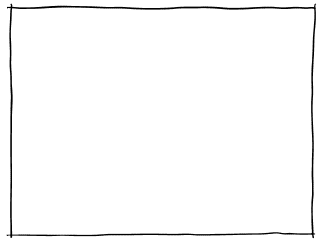
Drawing circles is not as easy as you might think. Notice how the circles become harder, the bigger you make them? Try them in both directions — and make lots of them.
Tip: Shake your hand when it starts cramping! This is a workout for our hands after all.
Exercise 2: Hatching — the joy of structure
Fill a piece of paper with parallel lines.
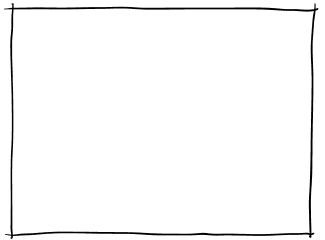
Diagonal lines come easiest for us because they comply to the motion of our wrist. Did you notice how left-handed people prefer the opposite direction than right-handed people? Have a look at drawings by your favourite draughtswoman or draughtsman (in my case: Leonardo), and guess which hand they used!
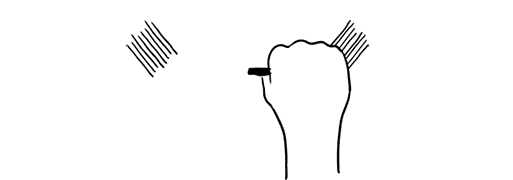
Now make sure to try other directions as well. Have fun! Combine various hatchings and enjoy watching the darkness spread on your paper.
Tip: Don’t rotate the paper. The whole point here is to train your hand to get comfortable with all directions.
So now that we have worked our hands a little, let’s train our eyes!
Perception — learning to see
Drawing is mainly about seeing and understanding what you see. People often assume that everybody sees the same, but actually seeing is a skill which you can improve. The more you draw, the more you see. The next four exercises will make you see more.
Exercise 3: Contour — Show me your hands!
You see all those fascinating contours of your hand? Collect them on a piece of paper! Don’t try to draw the whole hand yet, just pick some of those lovely lines.
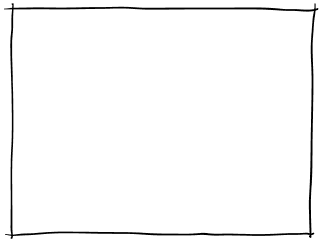
Whether you draw a person, a plant, or your favourite animal, it is usually the contours that define a body or object and make others recognise them. The challenge is less to draw those distinctive lines but rather to see them in the first place!
Even if you think you already know the shape of an object, it is always worth to take a closer look and rediscover it.
Exercise 4: Chiaroscuro — folding light and darkness
Arrange and draw a piece of cloth. Start with the contours and then — using your hatching skills — create an interplay of light und darkness.
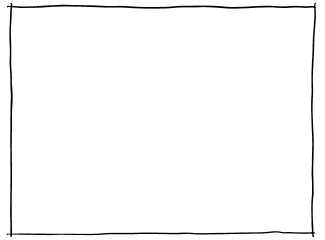
This exercise gives you a sense for light and darkness. I have to admit it is not the easiest and might as well be part of an advanced tutorial. Keep in mind: This one is not about getting it perfectly “right”. The cloth is a playground to try out those various hatchings you have practised before and feel how you can create light and shadows with your — almost — bare hands!
Tip: You can use curved hatching to modulate the shapes, and crosshatching to achieve darker areas that resemble woven structures.
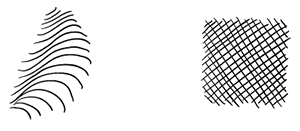
Tip: Close your eyes just a little bit when you look at the cloth. You will see everything blurred, but you will also see an enhanced contrast between light and dark.
The arrangement of light is a great way to show what is important in a picture. Just have a look at paintings by Rembrandt or Georges de la Tour. And the next time you watch a movie look out for dramatic effects achieved with light and shadow.
Exercise 5: Perspective — lost in space
Let’s draw some cubes! Just follow the simple steps below.
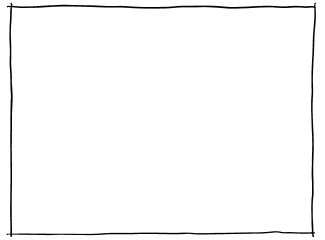
Perspective drawing is basically a projection of a 3D environment on a 2D surface (your piece of paper).
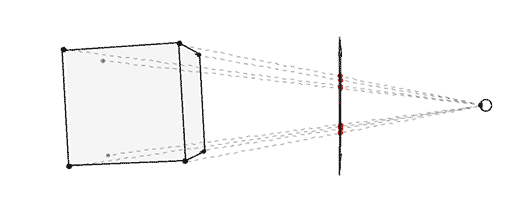
Constructing perspective drawings is a bit of a science and cannot be covered in detail within the attention span of an online article. Nevertheless we can have some fun with a simple technique that gives us an intuitive feel for the magic of perspective drawing:
Step 1: Draw a horizontal line. This is the horizon of your picture.

Step 2: Define two points on the horizon near the edge of the paper. These are your two vanishing points.

Step 3: Draw a vertical line somewhere.

Step 4: Connect the endpoints of the vertical line with the vanishing points.

Step 5: Add two vertical lines like this:

Step 6: Connect them with the vanishing points.

Step 7: Now use a dark pencil or pen to emphasise the cube. Voilà!

Repeat steps 3–7 as often as you like. Have fun! If you feel adventurous you might even hatch the sides of the cubes.

Tip: When you draw lines that meet, it is usually a good idea to be confident and let them overlap a little bit. The shapes will look better defined.
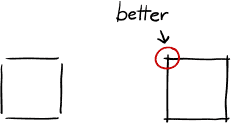
Mastering perspective drawings will give you the power to create illusions of depth. But most importantly, you teach your brain how to think in three dimensions. So even if you choose to draw “flat” drawings or mess with the “rules” of perspective — which I like to do — to understand perspective drawing is still one of the most precious drawing skills you can learn.
Exercise 6: Composition — Why is this there?
Make 5 different drawings of an object. Arrange the object differently on the paper each time!
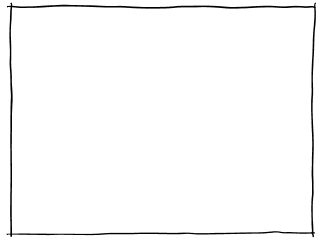
Composition is a great tool to “say” something with a drawing, to shape its meaning or message.
To understand how it works we have to bear in mind that our perception has been shaped by everyday experiences. For instance horizontal and vertical lines seem more “stable” to us than diagonals, which might “fall over” any second. And when we see a big dark shape at the bottom we somehow assume it must be “heavy”.

As you try different arrangements of your subject on a piece of paper, notice how this changes their connotations — their meaning.
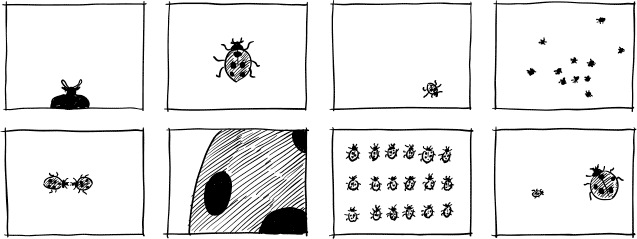
Let me know what you think!
Since this is my first drawing tutorial, I am curious about which parts you enjoyed. What else would you like to learn about drawing? Please leave ideas and suggestions in the comment section below!
Oh, and here is part II: “5 more drawing exercises”!
Here is a video of me talking about drawing (with animations of course)!